A vibrating rod level switch (also known as a tuning fork level switch) is a widely used device in industrial settings to monitor and measure material levels, especially in silos, hoppers, and tanks. This device operates by vibrating a probe (or rod) that interacts with the surrounding material. When the material reaches or covers the probe, the vibration changes, which signals the presence or absence of material.
To ensure reliable and accurate performance, it’s crucial to regularly clean the probe of a vibrating rod level switch. In this article, we’ll delve into why regular maintenance is essential and the potential issues that can arise if cleaning is neglected.
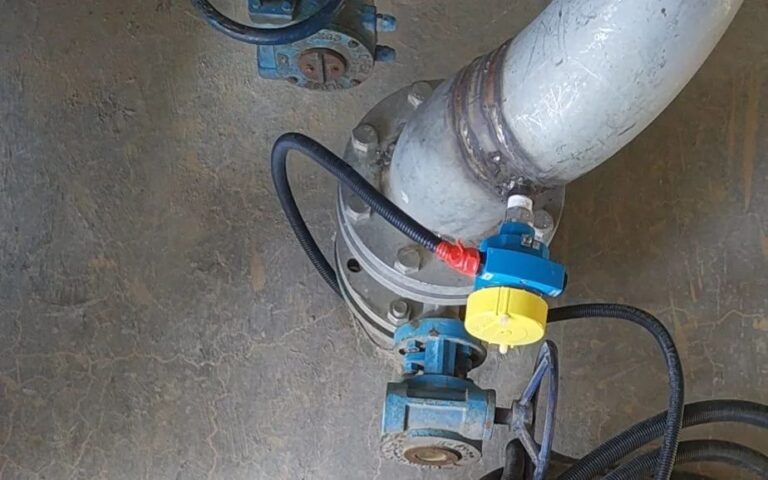
1. Material Buildup on the Probe
The most common issue with vibrating rod level switches is material buildup on the probe. Many industrial materials, such as powders, granules, or sticky substances, can cling to the surface of the probe. Over time, this buildup can become significant enough to impair the performance of the switch.
- Why It Happens: Materials with high moisture content or those with adhesive properties tend to stick to the vibrating probe. Dusty materials can also accumulate due to static electricity.
- Consequences: As material builds up on the probe, it may prevent the probe from vibrating freely. The switch may no longer be able to detect changes in the material level accurately, leading to incorrect readings or failures in signaling.
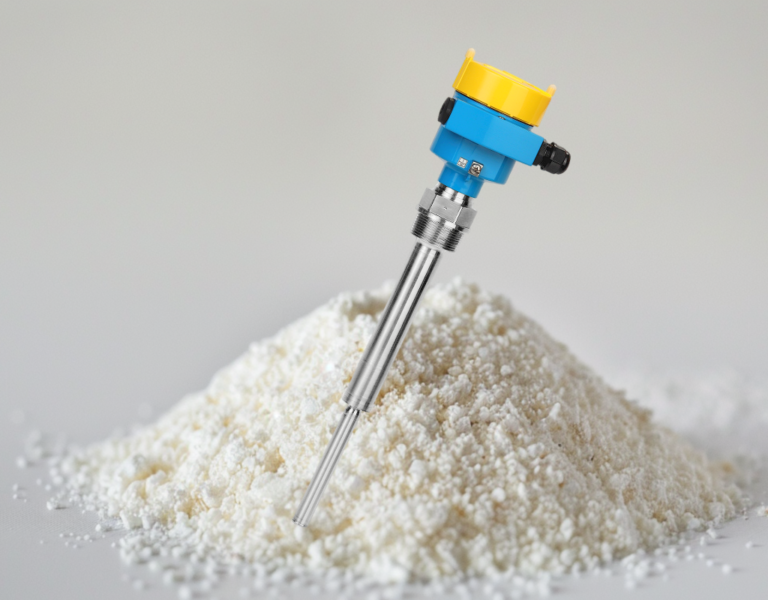
2. Risk of False Alarms or Incorrect Readings
One of the main reasons for cleaning the probe is to avoid false alarms or incorrect measurements. If the material adheres to the probe and mimics the presence of material when it’s not actually present, the device could send an erroneous signal.
- Impact on Operations: False alarms can disrupt the production process by signaling that a silo or hopper is full when it’s not, causing unnecessary halts. Conversely, if the probe is covered in material and fails to detect the actual level, it might allow overfilling or running empty, which can cause production delays or damage equipment.
- Safety Concerns: In some industries, such as chemical processing or mining, inaccurate readings can lead to safety hazards, such as material overflow or equipment malfunction. Preventing false readings through regular cleaning reduces these risks.
3. Maintaining Device Sensitivity and Efficiency
Vibrating rod level switches rely on the mechanical motion of the vibrating probe to detect material presence. If the probe is coated with material, the sensitivity of the device decreases, and it may not detect the material’s actual position correctly. Regular cleaning ensures that the probe remains free to vibrate at its optimal frequency, maintaining the accuracy and efficiency of the device.
- Improved Responsiveness: By ensuring that the probe remains free of debris, the switch can respond quickly to changes in the material level. This ensures smoother operations and avoids lag time between actual changes in level and the switch’s response.
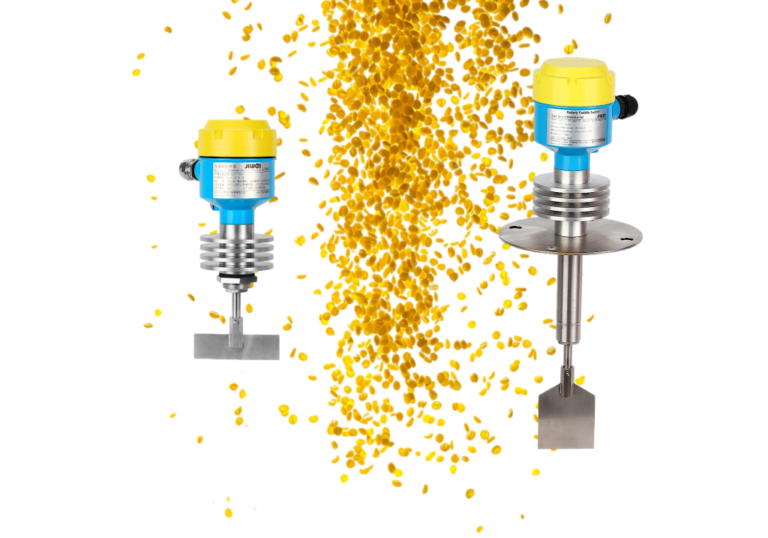
4. Preventing Probe Damage
The material buildup can also lead to long-term damage to the probe if left unchecked. Although most vibrating rod level switches are built with durable materials designed to withstand industrial environments, a thick layer of adhered material can cause wear and tear over time.
- Mechanical Stress: As the probe continues to vibrate while covered in material, the strain on its structure increases. Over time, this stress may lead to mechanical failure, requiring expensive repairs or replacements.
- Corrosive or Abrasive Materials: Some materials are corrosive or abrasive, and prolonged contact with the probe can degrade its surface. Regular cleaning helps to minimize exposure to such substances, thus extending the life of the switch.
5. Prolonging the Life of the Equipment
Proper maintenance and cleaning of the vibrating rod level switch significantly extend its operational lifespan. Preventing material buildup minimizes the chances of mechanical failures and reduces the need for frequent replacements. Additionally, keeping the probe clean helps avoid potential breakdowns that could halt production, leading to costly downtime.
- Reduced Maintenance Costs: By investing time in regular cleaning, operators can prevent more significant issues that might require intensive repairs or even the replacement of the device. This proactive maintenance approach is more cost-effective in the long run.
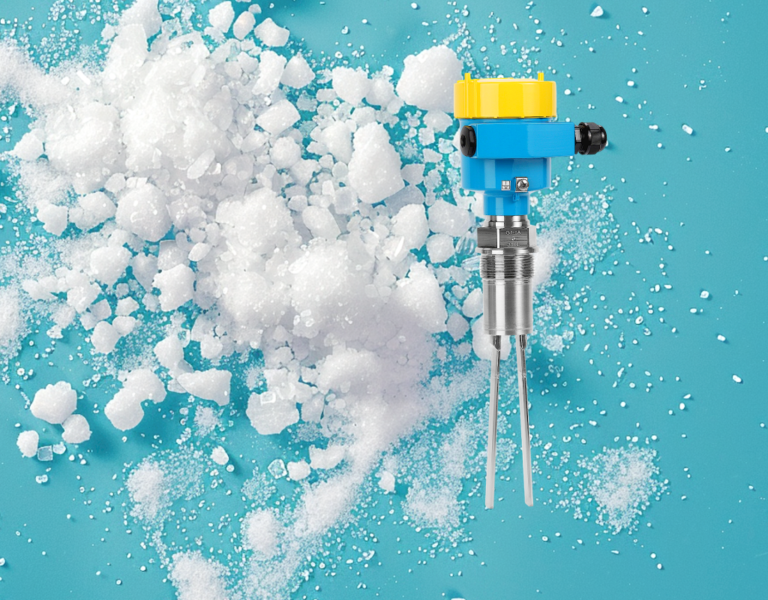
6. Ensuring Operational Safety and Compliance
In certain industries, regular cleaning and maintenance are not only recommended but required for compliance with safety and operational standards. Regulatory bodies may mandate periodic inspections and maintenance to ensure that all equipment, including level switches, is functioning correctly.
- Avoiding Regulatory Penalties: Failing to properly maintain equipment can result in fines or penalties from regulatory bodies. A neglected level switch that leads to spills or overflows may violate environmental or safety regulations, which could have serious consequences for the company.
- Creating a Safer Work Environment: In industries where hazardous materials are handled, such as chemicals or waste, inaccurate level readings can pose safety risks to workers. Regular cleaning minimizes these risks, ensuring a safer environment for everyone involved.
7. Optimizing Production Efficiency
In many industrial settings, precision and timing are critical for maintaining smooth operations. A vibrating rod level switch that provides accurate and timely readings helps optimize production processes by avoiding downtime, material waste, or overfills.
- Maximizing Output: When the level switch is working correctly, operators can make informed decisions about material handling, ensuring that the production process runs efficiently. Accurate level measurements help avoid bottlenecks or stoppages that can disrupt the flow of materials.
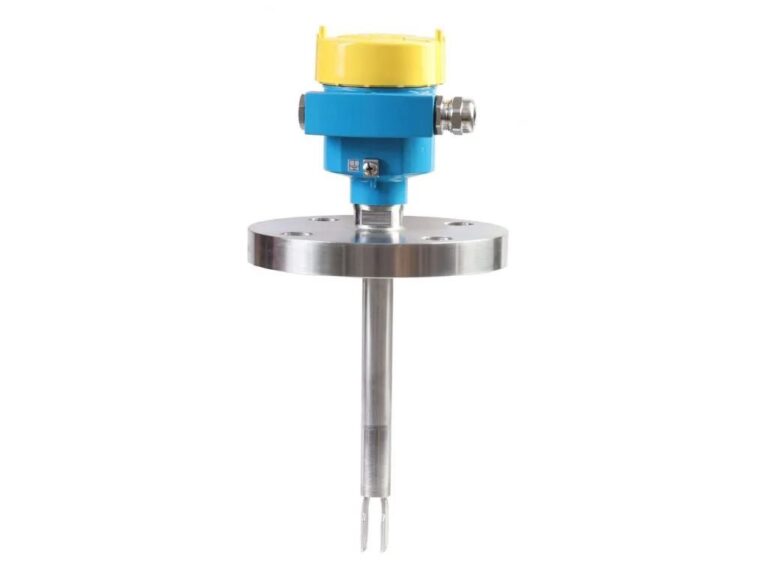
Conclusion
Regular cleaning of the probe in a vibrating rod level switch is a simple but crucial task that ensures the reliability and longevity of the device. By removing material buildup, operators can prevent false readings, maintain the accuracy of the system, and avoid costly breakdowns or repairs. Furthermore, proactive maintenance supports the safety of industrial processes and ensures compliance with regulations. In the long term, keeping the probe clean is essential for optimizing production efficiency and extending the lifespan of the equipment.
Ensuring a routine schedule for cleaning the probe, along with periodic inspections, can go a long way in maintaining the operational stability of the entire material handling system.
